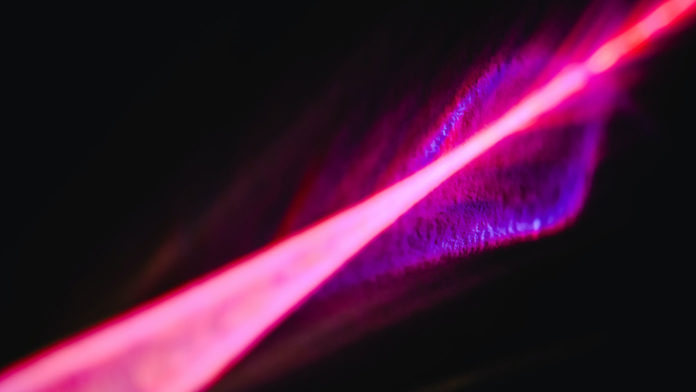In medicine, it’s rare to find a targeted treatment for a disease that seeks out something that isn’t there.
That can be a problem for treating certain cancers that aren’t responding well to chemotherapy and don’t over-express any of the usual cancer genes. Most targeted cancer drugs are designed to bind to those cancer markers to avoid side effects for healthy cells.
“What’s new about what we’ve done is we’ve taken an approach that targets something that is under-expressed in cancer,” said lead author Karishma Kailass, PhD candidate in chemical and physical sciences at the University of Toronto in a press release.
Her study, executed in the lab of principal investigator Andrew Beharry, was published in the Journal of Medicinal Chemistry.
She looked at drug-resistant pancreatic and breast cancers and found that samples with low levels of a protein called human carboxylesterase 2 (hCES2) were resistant to most common chemotherapy drugs. hCES2 can break down many chemotherapy drugs into their active forms to selectively kill cancer cells, but only when this target is present at high levels.
Kailass used a fluorescent chemosensor she had previously synthesized called Benz-AP to measure the levels of hCES2 in patient samples. Like the chemotherapy drugs, hCES2 can break apart the chemosensor, causing it to fluoresce different colours based on how much is there: red light means high levels of the protein, and yellow light means low levels.
In cancers with high levels of hCES2, the protein breaks down the Benz-AP, but these patients are already responsive to chemotherapy.
By contrast, in cancers with low levels of hCES2 — the ones with under-expression — Benz-AP is left intact and it can be activated with light to produce singlet oxygen, which is a highly toxic form of oxygen. That meant that beyond being useful for screening which patients might respond best to chemotherapy, it might also be useful as a way to target the cancers in patients who would be less responsive.
Kailass found that she could use two-photon excitation to activate Benz-AP in a precise area for spatial targeting, even if cancer cells were deep inside a ball of cells. She cultured tumour spheroids in the lab to do this experiment, mimicking what would happen with a solid tumour in the body illuminated by a fibre-optic light.
Two-photon excitation works by using long wavelengths of light, which can penetrate deep inside tissue and are also low-energy photons. As a result, the fluorescent sensor must absorb two particles of light at the same time to gain enough energy to be activated. A precise location can be targeted by focusing a beam of light into a shape that looks like an hourglass.
You can think of it like being in the rain, and if it is drizzling out then you are less likely to be hit by two raindrops at the same time. But if you were to funnel all of the rain falling over a large area into a much smaller, more focused area, those events become more likely in that precise location.
Using this approach, she was able to destroy cancer cells in a dish that would otherwise have been non-responsive to chemotherapy drugs. The next step is to test the strategy in animal models, and hopefully ultimately in human clinical trials.








































